Time Period: Early Twentieth Century (1901 - 1940) - Starting with C
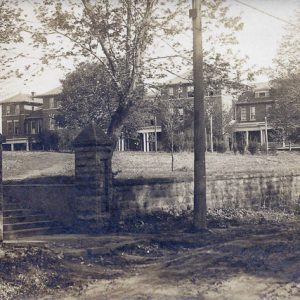 Carnall Hall, UA
Carnall Hall, UA
Carnegie Libraries
Carnes, Gressie Umsted
Carnes, Jack
aka: Samuel Jacob Carnes
 Jack Carnes
Jack Carnes
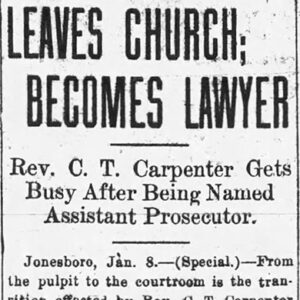 Cornelius Tyree Carpenter Article
Cornelius Tyree Carpenter Article
 Carpenter Brothers Store
Carpenter Brothers Store
Carpenter Dam
aka: Lake Hamilton
 Carpenter Dam
Carpenter Dam
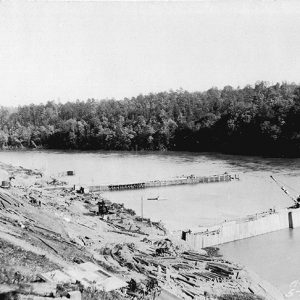 Carpenter Dam Construction
Carpenter Dam Construction
 Carpenter Dam Construction
Carpenter Dam Construction
 Carpenter Dam Construction
Carpenter Dam Construction
 Carpenter Dam
Carpenter Dam
Carpenter, Cornelius Tyree
Carr, Bill
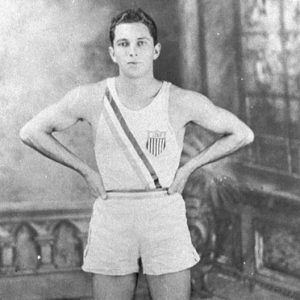 William Carr
William Carr
 William Carr
William Carr
Carroll County Courthouse, Western District
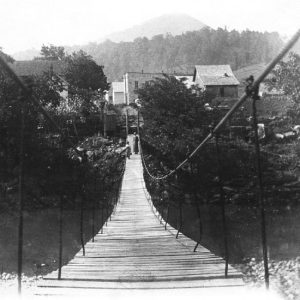 Carrollton Swinging Bridge
Carrollton Swinging Bridge
Carter, Ben E.
Carter, John (Lynching of)
aka: Lonnie Dixon (Execution of)
 Carter Lynching Headlines
Carter Lynching Headlines
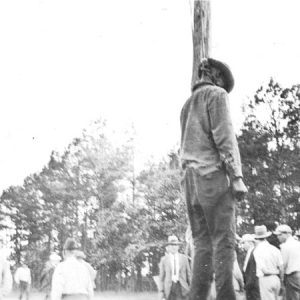 John Carter Lynching
John Carter Lynching
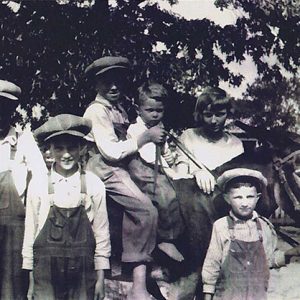 Cartwright Children
Cartwright Children
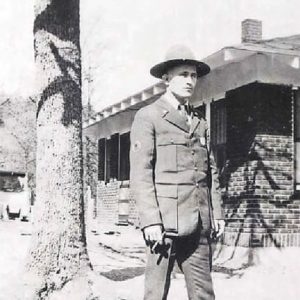 James Alexander Cary
James Alexander Cary
Cary, James Alexander
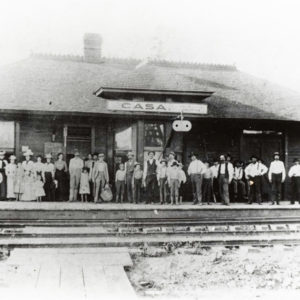 Casa Depot
Casa Depot
Case, Sarah Esther
 Castle Dance Steps
Castle Dance Steps
Castle, Irene
 Irene and Vernon Castle
Irene and Vernon Castle
Catcher Race Riot of 1923
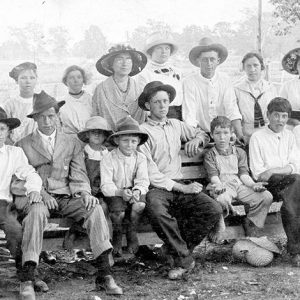 Catcher School
Catcher School
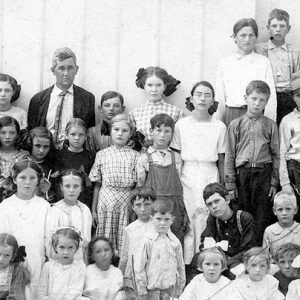 Catcher School
Catcher School
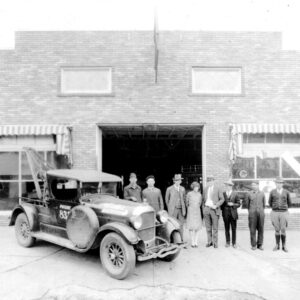 Cates Motor Service
Cates Motor Service
Cates, Opie
Cates, Sam (Lynching of)
 Sam Cates Lynching Article
Sam Cates Lynching Article
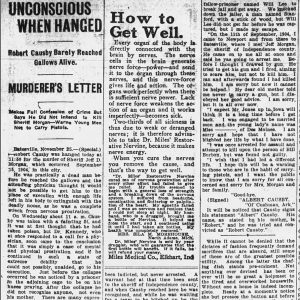 Causby Execution Article
Causby Execution Article
 Causby Execution Article
Causby Execution Article
Causby, Robert Albert (Execution of)
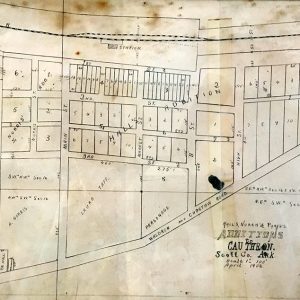 Cauthron Map
Cauthron Map
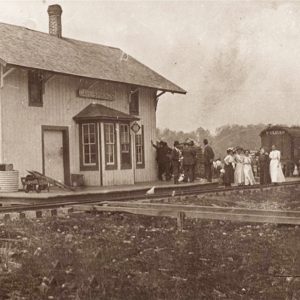 Cave Springs Depot
Cave Springs Depot
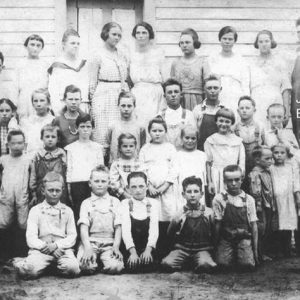 Cave Springs School
Cave Springs School
 William Cazort
William Cazort
Cazort, William Lee
 CCC Boat Construction at St. Charles
CCC Boat Construction at St. Charles
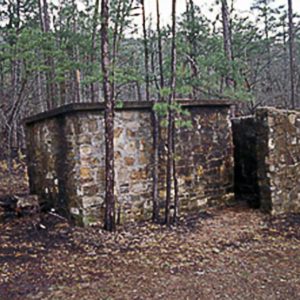 CCC Company 3767 Powder Magazine
CCC Company 3767 Powder Magazine




